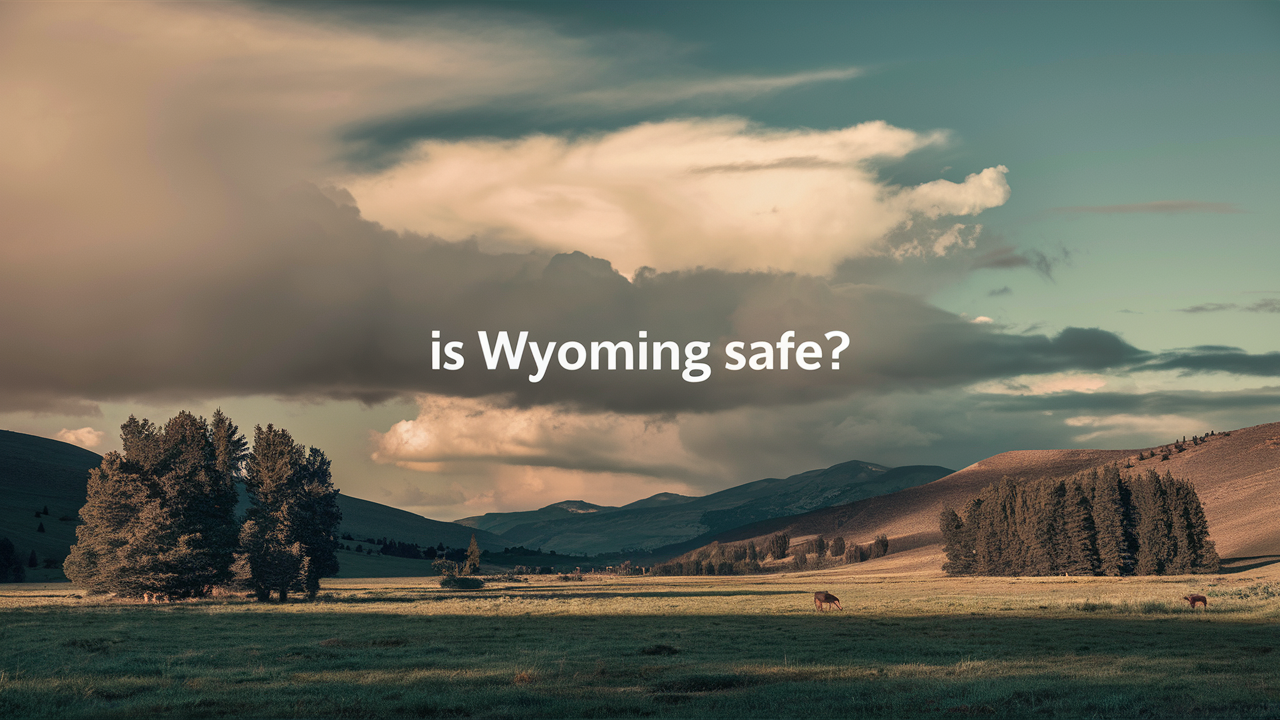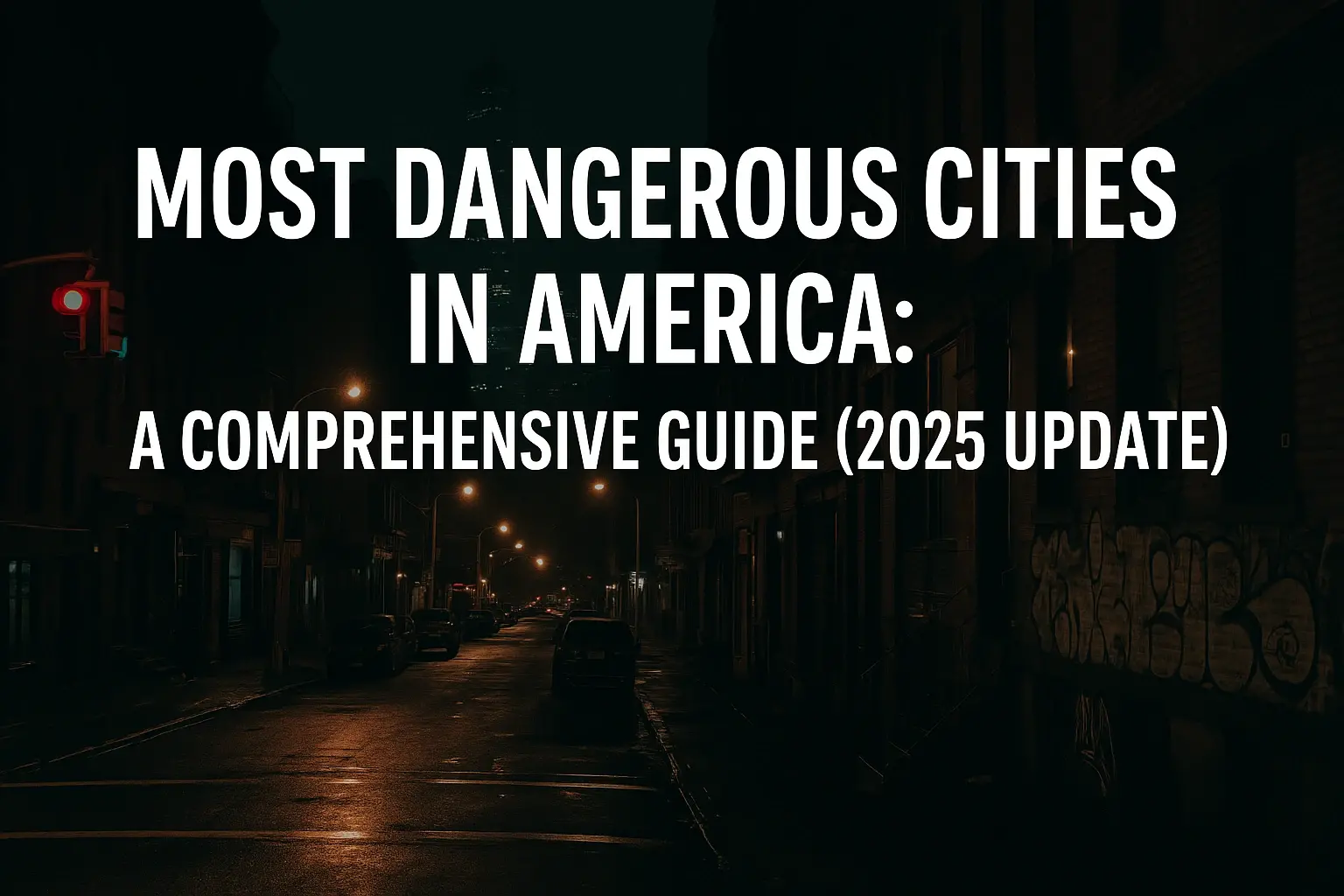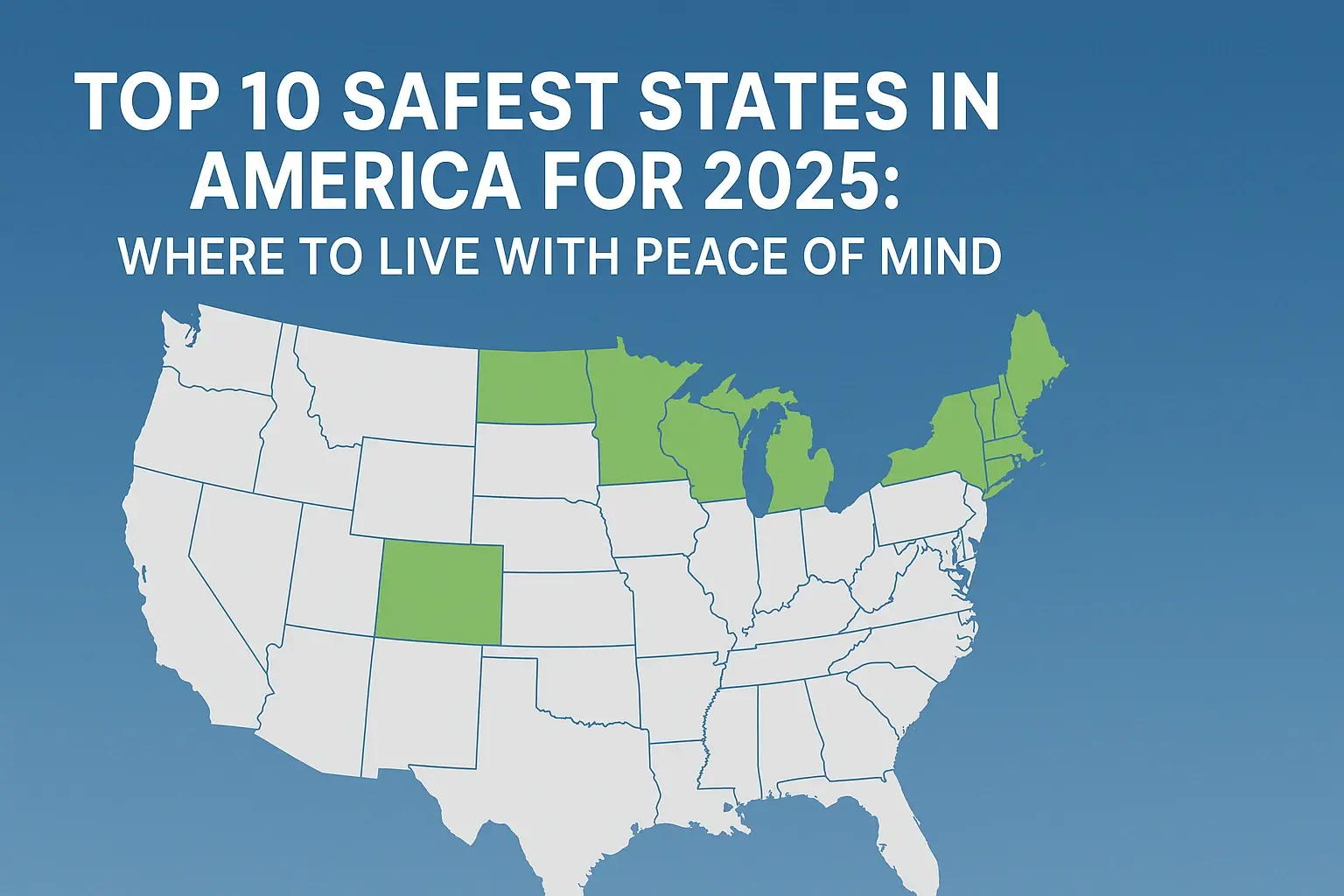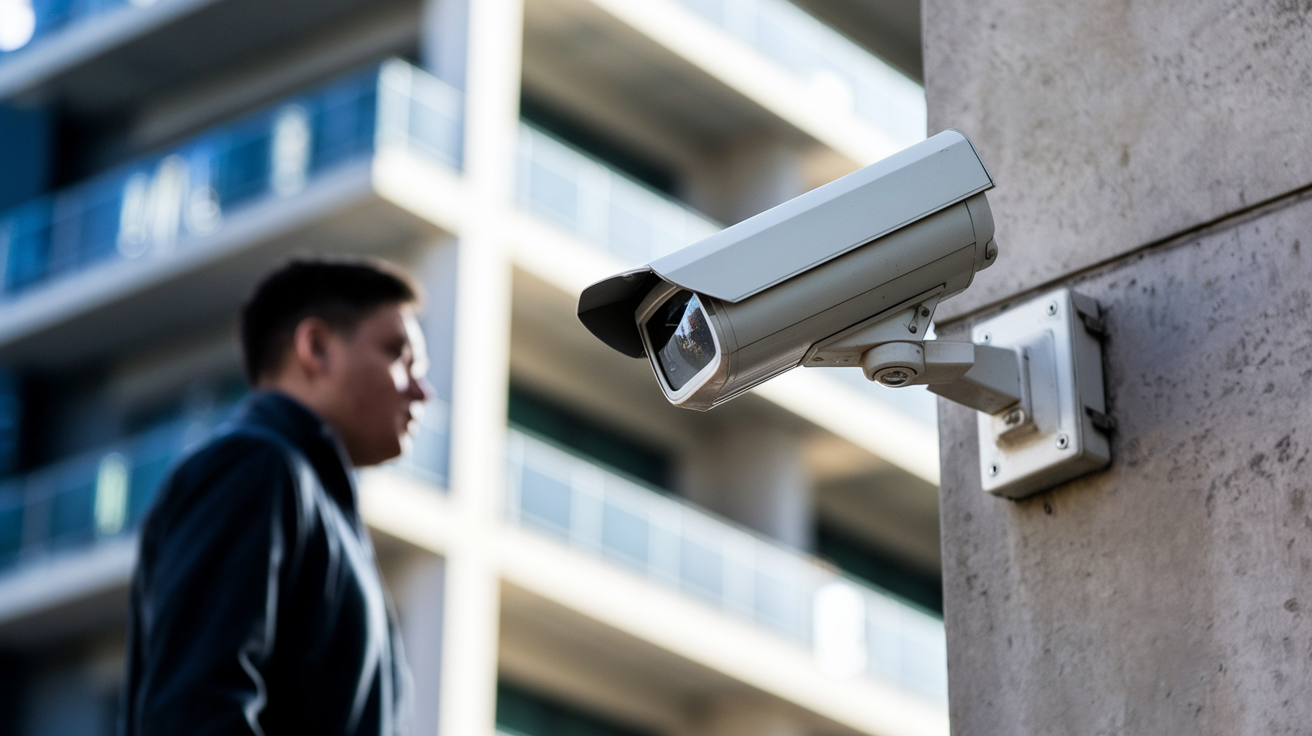Taking into consideration the vast territories, a small number of populated someone areas, and rural nature, Wyoming is associated with a quiet and beautiful place to live in or to travel to. Still, is this image of Wyoming accurate, and does the state pose no threats? As much as people love their homes, they also like to travel to other places and this is why in this blog post we will analyze crime rates, natural disasters, wildlife, and other factors to establish the safety of Wyoming.
Crime Rates
Wyoming is one of the safest states in the United States of America as it records very low incidents of criminal activities. In actuality, its violent crime per capita ranks second lowest in the United States and its property crime per capita ranks eighth lowest in the United States. Such heinous offenses as homicide, rape, theft, and assault of a higher degree are not very frequent in Wyoming, particularly in local towns and the countryside. Overall, property crimes such as robbery or theft are not very frequent occurrences; in fact, they are less frequent than in other highly developed states.
For that, let me analyze what has led to Wyoming’s low crime rate. To begin with, more than half of the state’s population is represented by residents of small towns, focused on cattle and dairy farming, as well as oil drilling. The unemployment and poverty rate in these small towns is relatively low and below the national average thus discouraging the occurrence of crimes. The culture of Wyoming also thrives on individualism, individual accountability, and care for one’s fellows who are also fellow community members. The absence of large metropolitan regions decreases the occurrences of gang participation and organized crime. Finally, Wyoming allows carry concealed permits and thus the high use of guns as a means of protection against crimes.
Natural Disasters
As for natural disasters, Wyoming’s exposure is relatively small With almost no hurricanes or tropical storms, few tornadoes, and limited risk of earthquakes or volcanic activity. This feature earns it a low earthquake risk across the state. Tornadoes are also rare but if they occur the tornadoes are normally minor and do not affect much. The main natural disaster concerns are wildfires in the summer, flash floods in some valleys following the melting of snow in spring, and the once-in-a-while major blizzard that would close off roads in winter. Nonetheless, natural disasters are rare in Wyoming, and thus fatalities, casualties, and destroyed properties within the state due to calamities are rare occurrences. Much of the risk involved is offset by proper emergency planning and preparation that should be in place for any population center.
Wildlife Safety
The region has also various wild animals some of which are big ones like bears, wolfs, moose, elk as well as bison. It should be noted that certain dangers are associated with animal interactions but they aren’t often to human beings as people tend to be cautious especially when dealing with wild animals. There is only one to two documented deaths by bear attacks annually across the entirety of North America and most of these are associated with surprise attacks. Moose normally only use their antlers when cornered or when they are protecting their young ones. Generally speaking, elk and bison are not aggressive but will avoid human contact and run about when frightened; however, when they are caught off guard they may attack. It is also important to note that gray wolves are not a threat to human beings and healthy attacks have been recorded to be nonexistent.
It lies in providing necessary information and awareness to people especially those living and traveling within the area on how to avoid encroaching into the natural habitat of the wild animals, how to store foods properly when on a camping expedition, and last but not least being very watchful of surroundings at all times. Bear spray has also been efficient in case the attacks occur from the bears. Hunting seasons both assist in the management of populations of animals as well as supporting the financial means to conservation organizations. In my opinion, the great expectation that people have in the wildlife, which they travel thousands of miles to experience, is way more important than the risks of being attacked by wild animals.
In Conclusion
So is Wyoming safe? With regards to crime rates, natural disasters, dangerous wildlife encounters, and the rest, the evidence points to Wyoming as one of the safest states in the US; violent and property crimes are some of the lowest in the country, natural disasters are relatively uncommon, and while Wyoming does have dangerous wildlife, the incidents are minimal given proper precautions are taken. In this case, the people of Wyoming or anyone aspiring to be part of the beautiful scenery of Wyoming can at least have some confidence in safety. As with any other place, just exercise a normal measure of diligence and have a good time exploring what this rather serene state has to offer.







